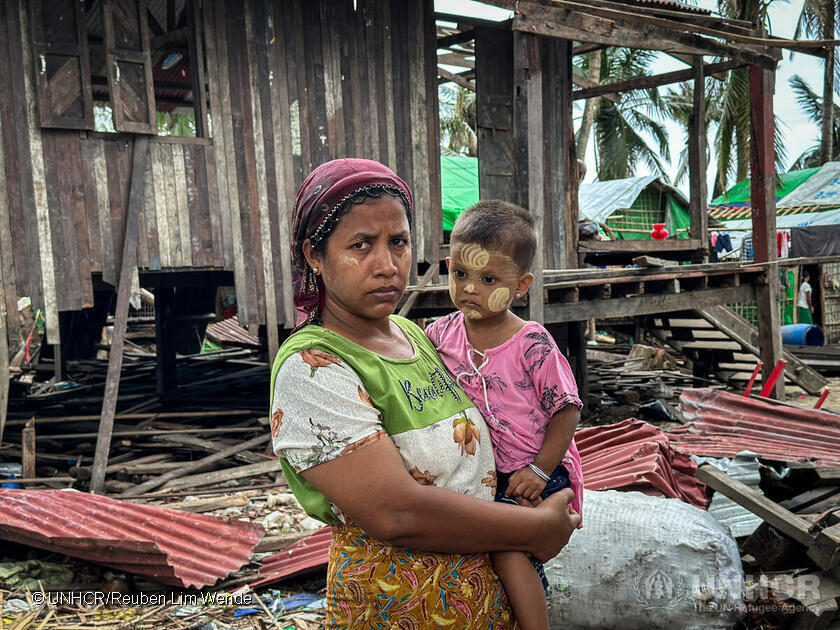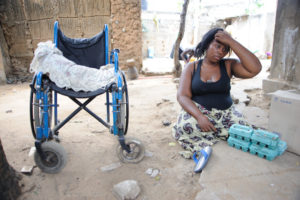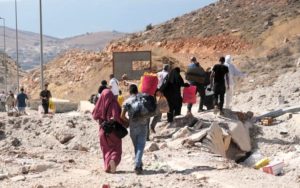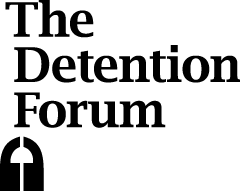In August 2017, the Myanmar military launched a genocidal assault on the country’s Rohingya population, a Muslim minority who are not recognized as citizens and who have been subject to egregious forms of state discrimination and persecution for many years. Since that time, international attention has focused predominantly on the one million Rohingya who sought refuge in neighbouring Bangladesh, as well as the smaller number who have fled to countries such as India, Indonesia, Malaysia and Thailand.
While this attention is fully warranted, it has led to a serious neglect of the Rohingya who remain in Myanmar, around half a million people who are unable or unwilling to escape from the country. In many respects, their plight is even worse than those who have taken refuge abroad.
In 2012, following clashes between the Rohingya and the Buddhist majority in Myanmar’s Rakhine State, the government began to round up around 30,000 of the Muslim population and herd them into closed settlements that the NGO Fortify Rights have described as “modern concentration camps.”
They were accommodated in flimsy bamboo longhouses that were intended to last for a couple of years and that were unable to withstand the monsoons and cyclones that regularly hit Rakhine State. International aid agencies had limited access to these sites, making it difficult for them to reinforce or repair the shelters. In the words of Human Rights Watch, living conditions in the camps were “squalid by design.”
Severe restrictions were placed on the Rohingya’s freedom of movement, making it very difficult for them to access health facilities or to establish livelihoods. As a result, the incidence of mortality and morbidity in the camps was considerably higher than that found in other parts of Rakhine State and in Myanmar as a whole.
For those Rohingya living outside the camps, up to 350,000 people, living conditions have also been exceptionally harsh, and their treatment by the authorities especially inhumane.
While able to live in their own homes, they had to seek permission to leave their own districts, were obliged to pass through numerous checkpoints, and were subjected to extortion, harassment, detention and physical abuse by security personnel and government officials. According to the Economist, such measures were designed to ensure the “slow death” of the Rohingya population in Myanmar, which prior to the military onslaught of 2017 numbered in the region of 1.3 million.
Since May this year, the situation of the Rohingya remaining in Myanmar has become even more precarious, a result of Cyclone Mocha, a category five storm with winds reaching 130mph, which led to 145 deaths and displaced or otherwise affected around 800,000 people throughout Rakhine State.
Needless to say, this catastrophic event had particularly dire consequences for the Rohingya, who have simultaneously been affected by a violent struggle for control of the country between a military junta which attempted to seize power in February 2021 and a wide range of armed and unarmed opposition movements.
Rakhine State has been at the forefront of this armed conflict. The Arakan Army, which represents the state’s Buddhist majority, has been engaged in fierce clashes with the junta’s military forces, and now exercises control over many parts of the state. It has made some overtures to the Rohingya population, recruiting some of them to its political wing, the United League of Arakan.
At the same time, the Arakan Army Amid has undertaken sweeping searches of predominantly Rohingya villages in northern Rakhine State, arresting and detaining people who are suspected of being linked to another insurgent group, the Arakan Rohingya Salvation Army.
Unsurprisingly, given its longstanding persecution of the country’s Muslim minority, the Myanmar military has seized on the turmoil in Rakhine State to inflict further punishment on the Rohingya by depriving them of much-needed assistance. Thus on 26 September 2023, the UN High Commissioner for Human Rights stated that “since Cyclone Mocha, the military has systematically prevented the provision of life-saving medical care, shelter materials, food and clean water.”
“Rohingya families and members of other displaced communities,” he continued, “ have reported not being able to provide food to their children. And widowed Rohingya women have reportedly been forced to resort to begging for food, making them vulnerable to exploitation and abuse.”
While a million or more Rohingya have already escaped from Myanmar to seek safety in other states, this option has essentially been closed off. Those trying to leave the country by boat are routinely intercepted and returned by Myanmar’s navy. India, a major supplier of arms to Myanmar) is planning to prevent new arrivals by erecting a 70-kilometre fence along its frontier with Myanmar.
Bangladesh, meanwhile, has declared that it is unable to admit any more Rohingya refugees and is doing everything it can to induce the return of those who have already arrived on its territory. Despite the horrendous conditions with which they are confronted, the 500,000 Rohngya who remain in Myanmar would appear to be going nowhere.
Antony Allen is a student at the UK’s Open University and a volunteer with United Against Inhumanity.
The content is the author’s responsibility alone and does not necessarily reflect the views of United Against Inhumanity or any of its other members.












